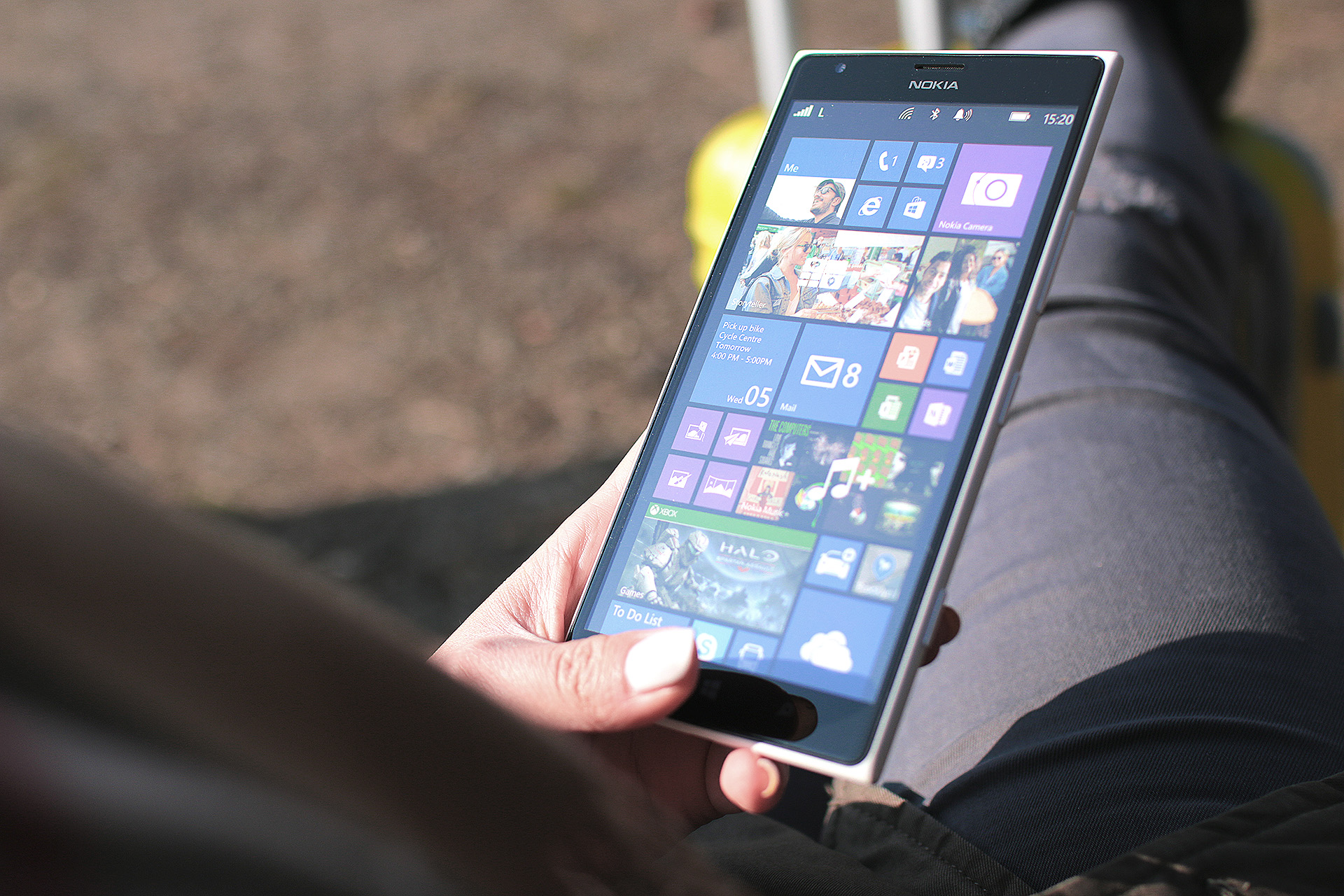Let’s start with a basic, harsh, platform reality: less than 10% of Android devices are encrypted, vs. almost all iPhones being encrypted out of the box. From Digital Journal:
In a report published in the Wall Street Journal, security experts estimated that “fewer than 10%” of all Android phones currently have full device encryption enabled. On Android, the feature has to be manually configured and isn’t available on older phones, still representing a substantial portion of Android devices.
Apple says hardware encryption has been a part of the iPhone since the 3GS. The big, new feature of Android Lollipop (currently, the most used Android OS) was supposed to be hardware encryption out of the box. Unfortunately, that stance was reversed as OEMs found it to be too taxing on budget devices.
Like it or not, a five-year-old iPhone is more secure out of the box than the average Android currently in use. That’s a fact. But it doesn’t mean that any smartphone, not even the most recent iPhone, is 100% secure. No matter how secure you think your smartphone of choice is, it could be even more secure. Whether you’re playing games like the Slitherio game or checking your banking statements, here’s how to make sure your smartphone security is maximized:
Use What the Pros Use
Trend Micro’s enterprise security suite is the type of solution that can be found protecting the cloud infrastructure of many organizations. You will find that the same companies offer enterprise and consumer-grade smartphone security packages as well.
Once you have discovered what the pros are using, find out if there is a consumer offering from the same company. Chances are, the same trustworthy DNA will be found throughout the entire range. Android phones are used at the highest levels of enterprise. They can clearly be secured to the highest standards. One of the ways to secure your phone to the highest standard is to use what the pros use.
Upgrade to the Latest OS Version
The FTC has issued warnings to apps covertly monitoring TV broadcasts. This spyware represents all manner of security issues. And according to Engadget, can only be found on Android. This is probably because of the way Android is configured. It is only one of two Android exploits reported by Engadget on March 19th.
But as any fan of Android will tell you, almost all of these security holes are non-issues for those with the latest devices that are updated to the latest version of the OS. What they don’t tell you is that the vast majority of Android users do not have one of the latest devices, and could not upgrade to the most recent version of the OS if they wanted to.
Android Central reports that just over 1% of Android devices are on the latest version of the OS. The second oldest is not even in second place. That award goes to the third oldest Android OS. Here’s the rub: it is almost time for the next Android OS.
The Nexus devices tend to get timely updates for up to two years. That makes them the most secure Android devices by default. Some OEMs offer pure Android experiences, making those devices eligible for fast updates. The high-end Android devices can handle hardware encryption without too much lag, making them more secure choices. For maximum security, make upgradability a priority when choosing a smartphone.
Use the Security Features
Finally, modern smartphones come with a plethora of security features, many of which go unused. Many Android phoned come with device encryption. You just have to enable it as a part of the setup. Be sure to do that. The iPhone comes with fingerprint unlock. Don’t skip that step. Set it up. The default iPhone PIN code requires 6 digits, not 4. Use them. Security features mean nothing if you don’t engage them.
No matter what you do, no smartphone is 100% secure. Understand the strengths and weaknesses of your platform of choice. Use what the pros use. Stay current with the latest OS version. And use the security features that come loaded on your device.
